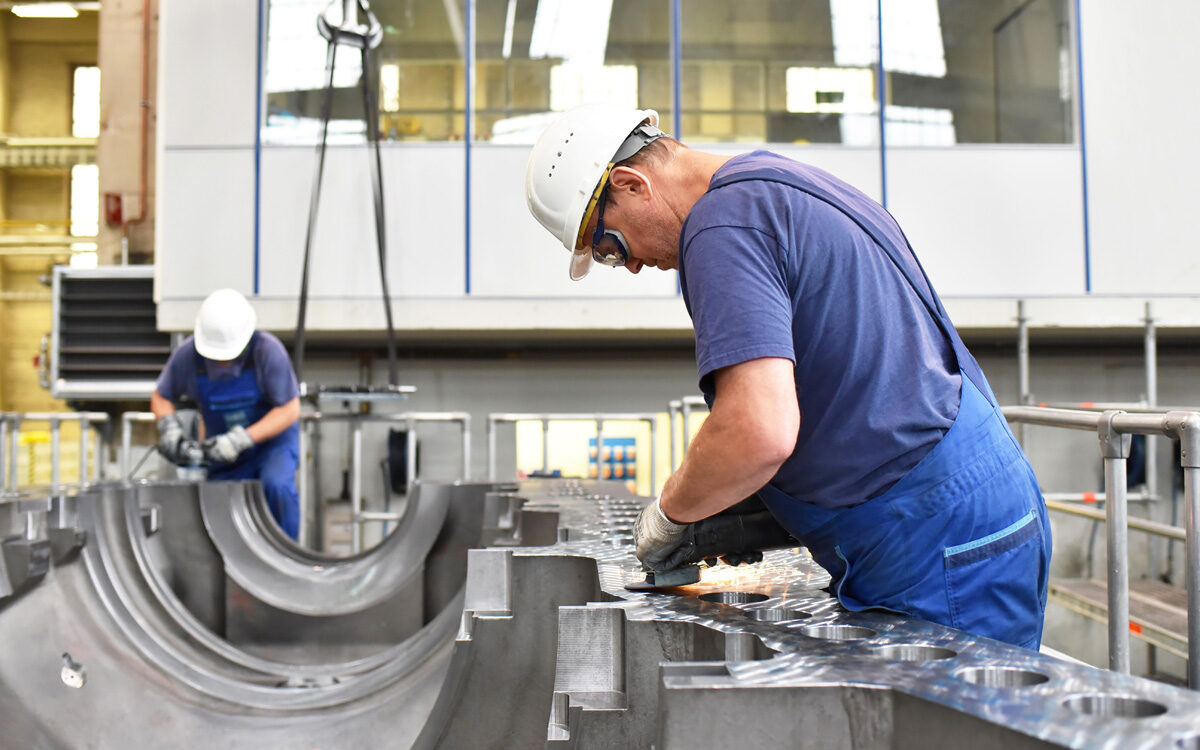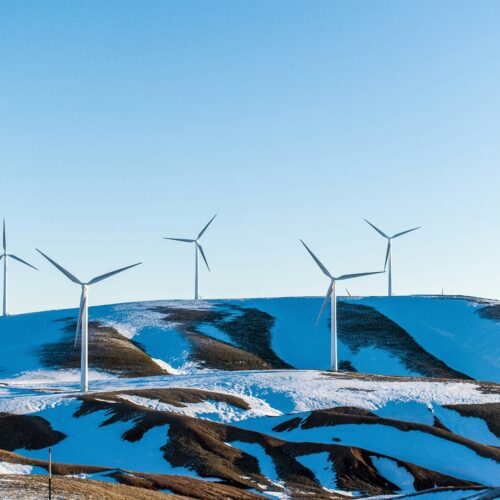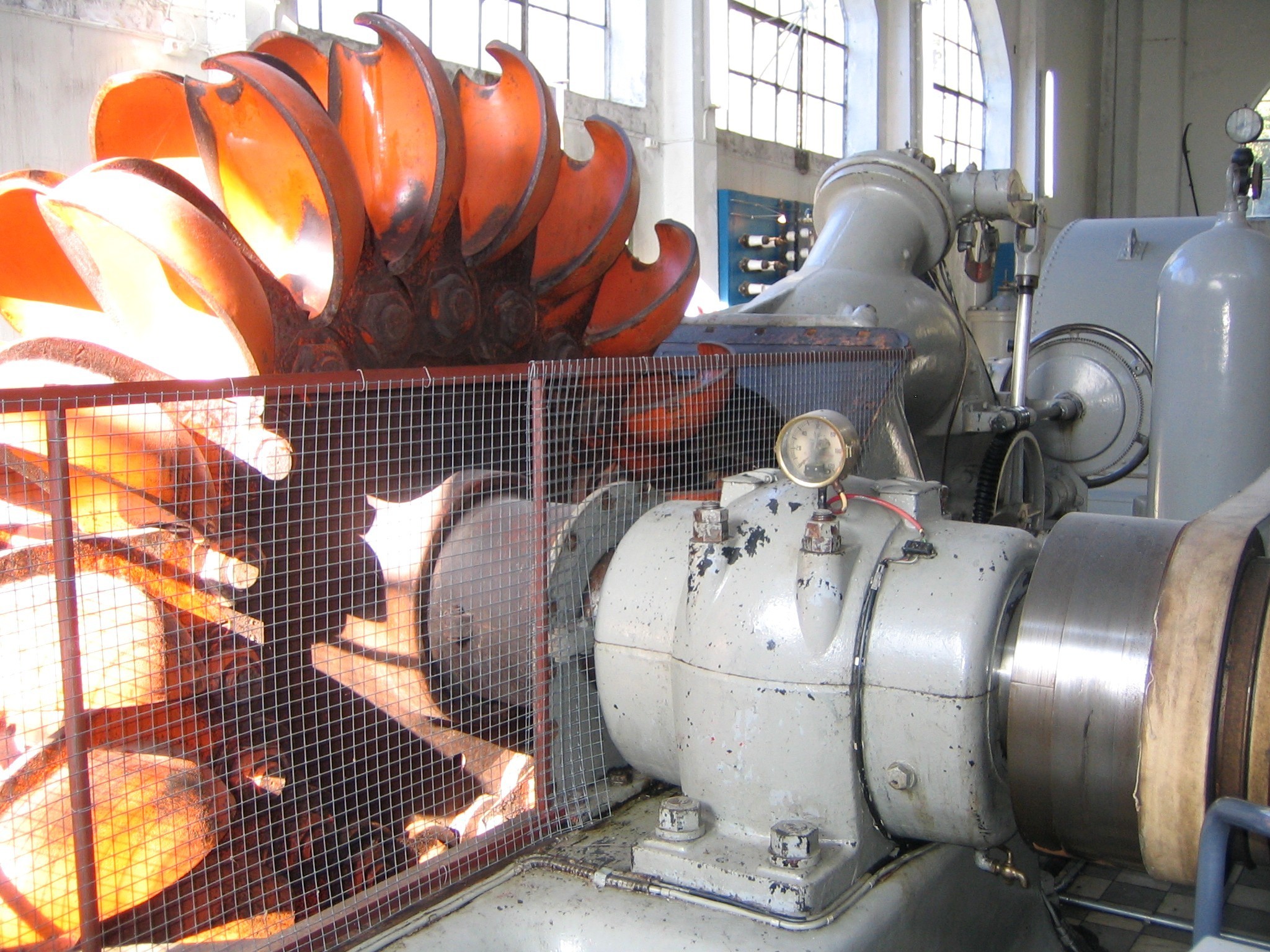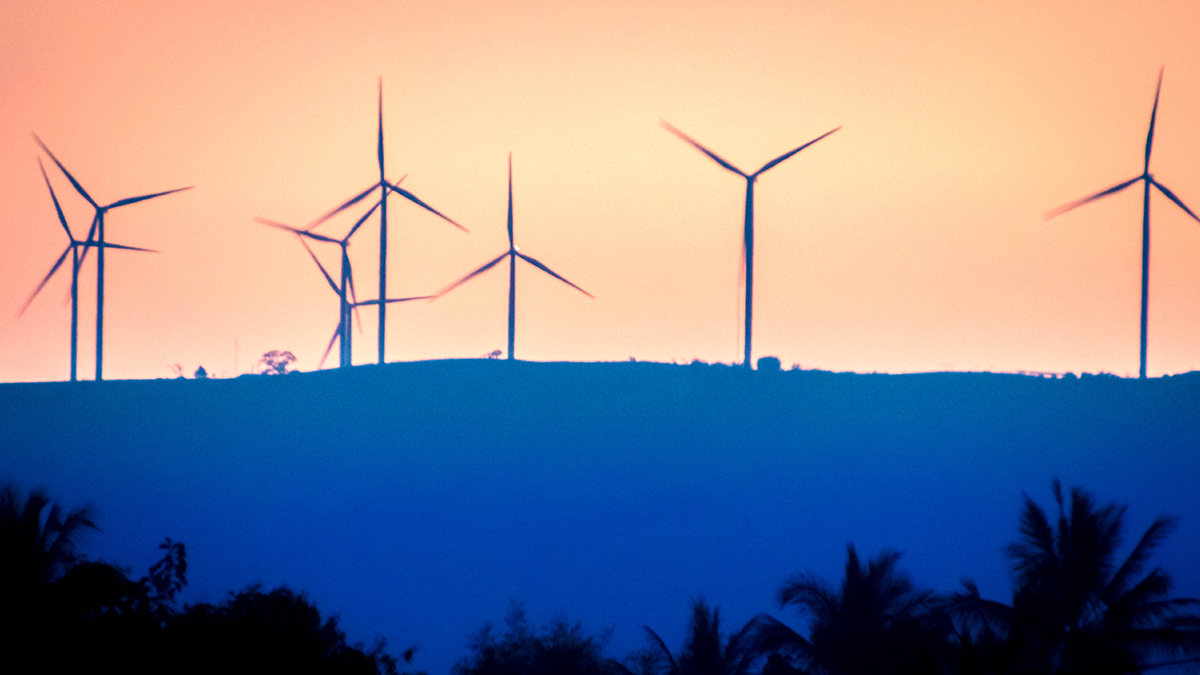Wind Energy is a great green energy option, so it’s one of the fastest-growing energy sources in the world. A wind turbine is the main element responsible for generating energy with net-zero carbon emissions. However, many challenges arise while dealing with the end-of-life of turbine blades after losing their efficiency. To provide a deep insight into the current problems arising in the wind turbine industry concerning turbine end–of–life, a paper has been published in Renewable and Sustainable Energy Reviews
What Is The Problem With The End-Of-Life Turbine?
Although wind turbines form a crucial part of the renewable energy mix, there are many problems with the recycling of the turbine blades that pose a challenge after the service life of a turbine. This is because it is believed to be a pollution hazard to the environment and the global energy grid. In addition, the main components of the turbine blades come with glass fiber that is again reinforced with thermoset polymers composite, which is challenging to reprocess or recycle into new ones.
While one can see the significant progress that has been made in the design of turbine blades concerning their efficiency, the problems arising with disposing of or recycling their materials remain unsolved.
Despite significant research in recycling, there are no reliable and sustainable recycling solutions available for such complex materials. Because of such reasons, the recycling of plastic and polymer materials of the turbines remains a hot topic.
To date, there is ongoing research in the development of high-end technical processes to recover materials from turbines and shred them off. However, not much progress is made in this area of providing solutions on the complete recycling chain and aspects such as regulations, economic and environmental impact, and social perception of the process.
How To Consider And Categorize Challenges?
A comprehensive approach categorizes and discusses such challenges in the recent study published by Renewable & Sustainable Energy Reviews. The report highlights the broad perspective on the problem with end-of-life recycling, blades and addresses the problems that could be solved by taking initiatives.
The study has covered several areas of consideration. The first is the future end-of-life turbine blades presented to demonstrate the scale of the problem—secondly, regulatory frameworks for the recycling of end-of-life and their composite materials. Additionally, the study has also discussed current technical solutions that are being examined at an industrial scale.
Finally, the study also shed light upon the main points of three previous categories for an innovative approach to be implemented in the field for better results. The study has also provided a rarely discussed perspective, including social acceptance and perception of decommissioning processes of end-of-life wind energy systems.
Several alternative approaches have been detailed in the study to demonstrate the improvements made in the disposal or recycling of end-of-life wind turbine components and materials. These include the benefits of integrating the principles of the circular economy process and the most advanced engineering methods, reducing resource consumption, and taking steps to improve waste management.
Value of End-of-life Of Turbine Blades
The study presents a report on the end-of-value chain that helps govern the use of turbine blades, disposal, and reuse of end-of-life blades. The study model comprises two major phases, operations and reuse, and recycling and transforming blades into new materials or disposing of them based on the criteria set in the model. The final step in the model includes landfills.
The specific economic considerations highlighted include the profitability of continued turbine operations or checking if the blade can be sold as spare parts.
Technical considerations are the damaged state of the blades that is possible to recover and the materials to be made use of in other industries such as furniture and construction. Regulatory things considered are legislation on landfilling and reuse. The impact of turbine operation and decommissioning on the environment was another consideration.
The study concluded that it is difficult to quantify the flow of materials accurately concerning volumes, geographical location, material specification, and time of availability. Additionally, regulations and landfill taxes are not the same in all countries.
As far as reuse of materials is concerned, the shredded components can be used in building furniture and construction. However, the reuse primarily depends upon the quality of the material.
The Future
This article is a comprehensive review of economic, technical, regulatory, and environmental challenges and social perception of end-of-life disposal and recycling of wind turbine parts. The problem faced by the industry was highlighted by taking into consideration some of the critical factors and providing a knowledge base for future developments in meeting such challenges about end-of-life turbine, disposal and the use of such materials.




